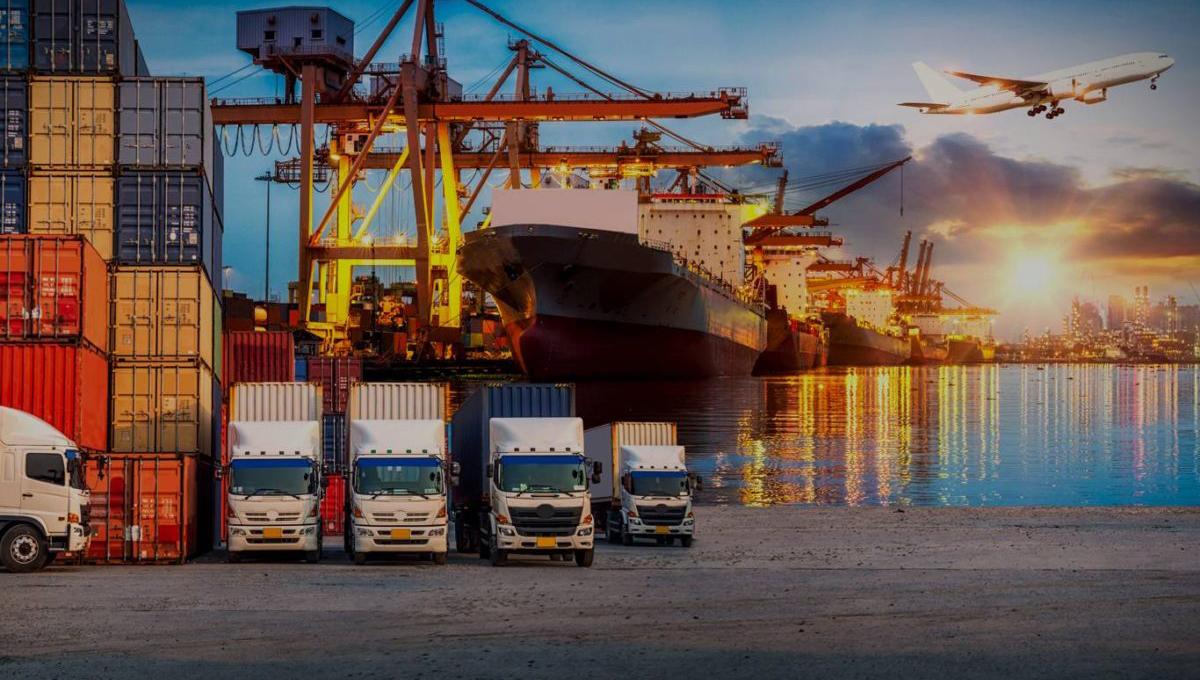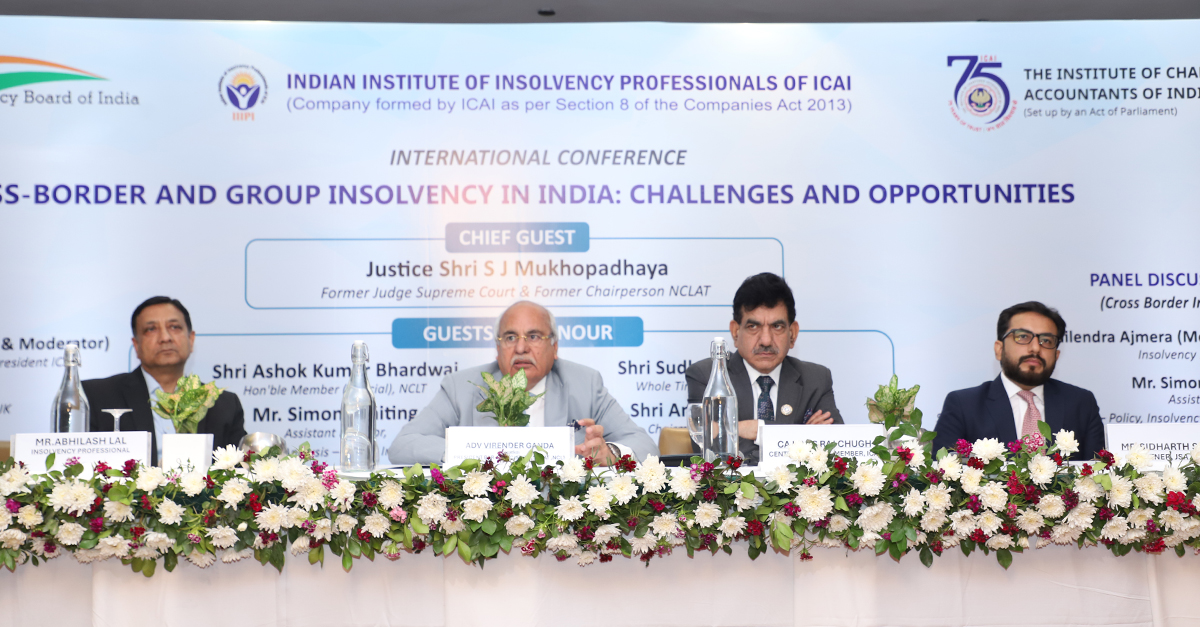The Government of India has recently notified the Information Technology (Intermediary Guidelines Digital Media Ethics Code) Rules, 2021 framed under Section 87(2) of the Information Technology Act, 2000 to supersede the Information Technology (Intermediary Guidelines) Rules, 2011 and govern intermediaries such as social media platforms, digital news publishers and Over-the-Top (OTT) content streaming platforms in India.
For details on its highlights, please refer to this Update. For further details, please contact [email protected].

















